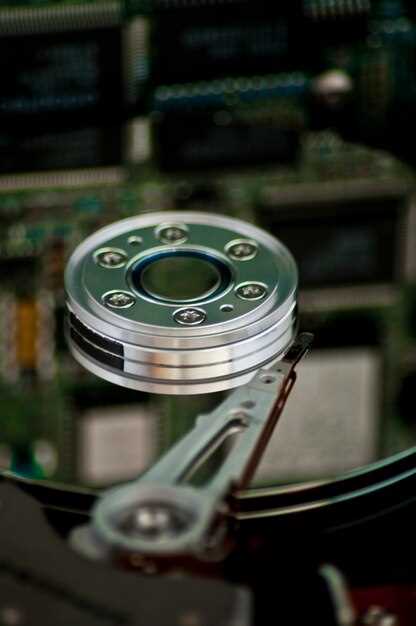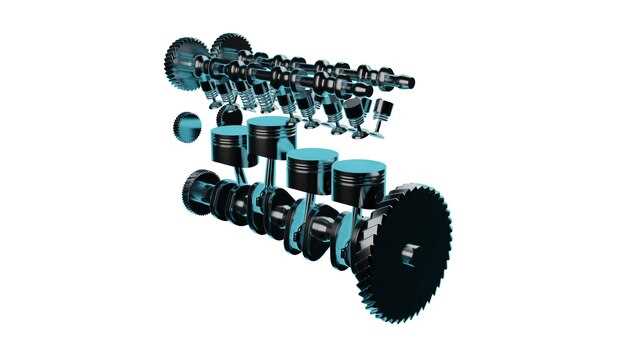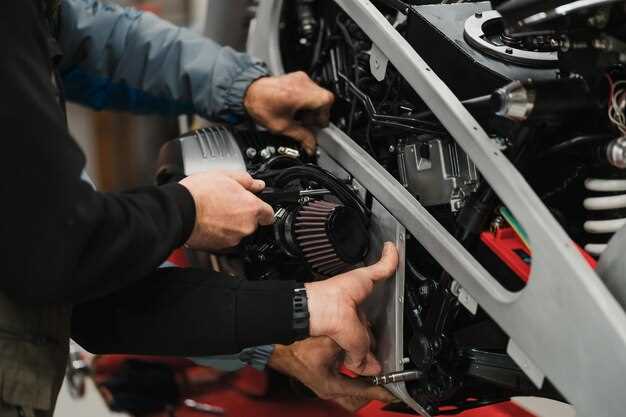
The world of racing demands precision and control, influencing every aspect of a driver’s performance on the track. Among the pivotal components of any high-performance vehicle, the transmission plays a crucial role in achieving optimal acceleration and speed. In this context, two prominent options stand out: manual transmissions and dual-clutch transmissions (DCTs). Each offers its own unique characteristics, advantages, and challenges that can significantly impact the racing experience.
Manual transmissions have long been hailed for their simplicity and driver engagement. With a direct mechanical connection between the engine and the wheels, these systems provide a sense of control that many enthusiasts cherish. Drivers can select gears based on their skill level and racing strategy, allowing for a more personalized driving experience. However, this control comes with a trade-off, as manual shifting requires precise timing and can be physically demanding, especially during intense competition.
On the other hand, dual-clutch transmissions represent a technological advancement that aims to enhance both speed and efficiency. By utilizing two separate clutches for odd and even gears, DCTs enable lightning-fast gear shifts without interrupting power delivery. This seamless transition not only contributes to improved lap times but also minimizes the physical strain on drivers. The advanced control algorithms in DCT systems allow for optimized performance, making them increasingly popular in modern racing scenarios.
As racing continues to evolve, understanding the differences between these two transmission types is essential for drivers, teams, and enthusiasts alike. This article aims to delve deeper into the advantages and limitations of manual and dual-clutch transmissions, ultimately highlighting their implications on racing performance and driver control.
Evaluating Gear Shift Speed and Precision in Track Conditions

In the high-stakes environment of racing, the efficiency of gear shifts can significantly impact lap times and overall performance. Manual and dual-clutch transmissions (DCT) present differing approaches in shifting gears, with each system offering unique benefits in terms of speed and precision under track conditions.
Manual transmissions rely on the driver’s skill to disengage the clutch and select the appropriate gear. This process provides a level of control that some drivers prefer, as it allows for tailored engagement based on the driver’s feel and experience. However, the inherent latency in human reaction time can result in slower shifts compared to automated systems, especially during high-pressure situations when every millisecond counts.
Dual-clutch transmissions, on the other hand, utilize two separate clutches to facilitate gear changes. This design enables pre-selection of gears, allowing for near-instantaneous shifts. With well-calibrated electronic control systems, DCTs minimize shift time while maintaining vehicle stability and traction. These features can be particularly advantageous in track conditions where rapid gear changes contribute to maintaining momentum and achieving optimal acceleration.
Precision is another critical factor in evaluating these transmission types. Manual gear shifts depend heavily on the driver’s ability to execute flawless engagements, which can be influenced by fatigue and external stressors during a race. In contrast, dual-clutch systems benefit from consistent mechanical and electronic consistency, providing reliable shifts that reduce the likelihood of missed gears or driveline disruptions.
In summary, while manual transmissions offer a degree of control prized by certain racers, dual-clutch transmissions excel in delivering faster and more precise gear shifts, crucial for competitive racing on track. The choice between the two often boils down to personal preference and specific racing conditions, where control, speed, and precision continuously reshape the dynamics of speed on the circuit.
Understanding Driver Engagement and Control Preferences in Race Scenarios
Driver engagement in racing is significantly influenced by the choice between manual and dual-clutch transmissions (DCT). Each transmission type offers distinct control features that cater to different racing styles and preferences.
Manual transmissions provide an immersive driving experience. Drivers have full control over gear selection, allowing them to make precise adjustments based on track conditions and personal driving style. This direct connection fosters a deeper engagement with the vehicle.
- Control over Power Band: Drivers can optimize engine performance by selecting gears that maximize power delivery at critical moments.
- Throttle Control: The ability to modulate throttle input during gear shifts enhances responsiveness and acceleration.
- Feedback and Feel: Manual gear shifts offer tactile feedback that some drivers find critical for maintaining connection with the car.
Conversely, dual-clutch transmissions are engineered for speed and efficiency, providing quick shifts without the driver needing to lift off the throttle. This design appeals to racers who value performance over the driving experience.
- Speed of Shifts: DCTs can execute lightning-fast gear changes, reducing lap times significantly.
- Consistency: Automated shifting ensures optimal performance, minimizing human error during critical race moments.
- Adaptability: DCTs can adapt to driving conditions and styles, offering a tailored driving experience for different tracks.
Ultimately, the choice between manual and dual-clutch transmissions centers on driver control and engagement. Some drivers prefer the tactile involvement of a manual gearbox, while others may lean towards the technological advantages of a DCT. Understanding these preferences is crucial for manufacturers and teams to optimize vehicle performance and enhance the overall racing experience.
Analyzing Performance Metrics: Acceleration and Cornering with Different Transmissions

When it comes to racing performance, acceleration and cornering are two critical metrics that heavily influence lap times and overall competitiveness. The choice of transmission plays a significant role in determining how effectively a vehicle accelerates and maneuvers through corners. This analysis focuses on the performance differences between manual and dual-clutch transmissions in these key aspects.
Acceleration is primarily influenced by the quickness of gear shifts and the ability to maintain optimal engine power. Manual transmissions require the driver to execute gear changes, which can introduce delays, particularly if the driver is not highly skilled. This potential for human error can hinder acceleration performance, especially during critical moments such as a race start. In contrast, dual-clutch transmissions (DCT) automate this process, providing near-instantaneous gear changes. As a result, vehicles equipped with DCT can achieve superior acceleration times due to reduced shift durations and minimized power loss during gear transitions.
Cornering performance is affected by how a vehicle transfers power through its transmission while maintaining stability and traction. Manual transmissions allow drivers to choose gears based on their skill and understanding of the vehicle dynamics, which can enhance cornering responses during a race. However, this level of precision hinges on the driver’s abilities, potentially leading to inconsistent performance across different drivers. On the other hand, DCTs can optimize torque delivery, allowing for smoother acceleration out of corners. This optimization can lead to better traction and improved corner exit speeds, ultimately resulting in faster overall lap times.
In summary, while both manual and dual-clutch transmissions have their advantages, DCTs often provide marked improvements in acceleration and cornering performance for racing applications. The automation of gear shifts in DCTs allows for quicker response times, which can be pivotal in high-stakes racing environments where every millisecond counts. By analyzing these performance metrics, racers can make informed decisions about the transmission type that best suits their driving style and the demands of their racing scenarios.
